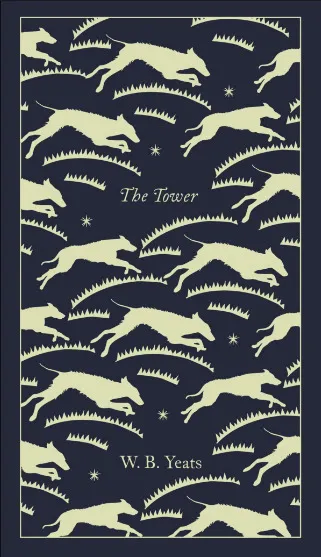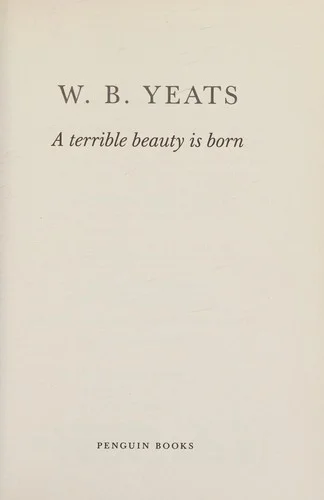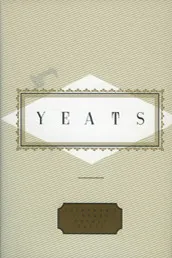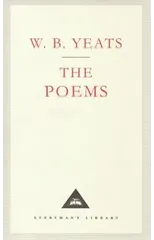I was not an industrious student and knew only what I had found by accident, and I had found -nothing I cared for after Titian-and Titian I knew chiefly from a copy of 'the supper of Emmaus' in Dublin-till Blake and the Pre-Raphaelites;- and among my father's friends were no Pre-Raphaelites. Some indeed had come to Bedford Park in the enthusiasm of the first building, and others to be near those that had. There was Todhunter, a well-off man who had bought my father's pictures while my father was still Pre-Raphaelite. Once a Dublin doctor he was a poet and a writer of poetical plays: a tall, sallow, lank, melancholy man, a good scholar and a good intellect; and with him my father carried on a warm exasperated friendship, fed I think by old memories and wasted by quarrels over matters of opinion. Of all the survivors he was the most dejected, and the least estranged, and I remember encouraging him, with a sense of worship shared, to buy a very expensive carpet designed by Morris.
W B Yeats
W B Yeats (1865-1939) was an Irish poet, playwright, and one of the foremost figures of 20th-century literature. Known for his mystical and symbolic style, Yeats' poetry explored themes of Irish folklore, mythology, and the occult. His most notable works include "The Tower," "The Wild Swans at Coole," and "The Second Coming." Yeats was awarded the Nobel Prize in Literature in 1923, recognizing his profound impact on the literary world and his contributions to the Irish literary revival. His most famous work, "The Second Coming," remains a timeless and powerful reflection on the chaos and uncertainty of the modern world. Yeats' legacy continues to inspire generations of poets and writers, solidifying his place as one of the greatest poets of the 20th century.






